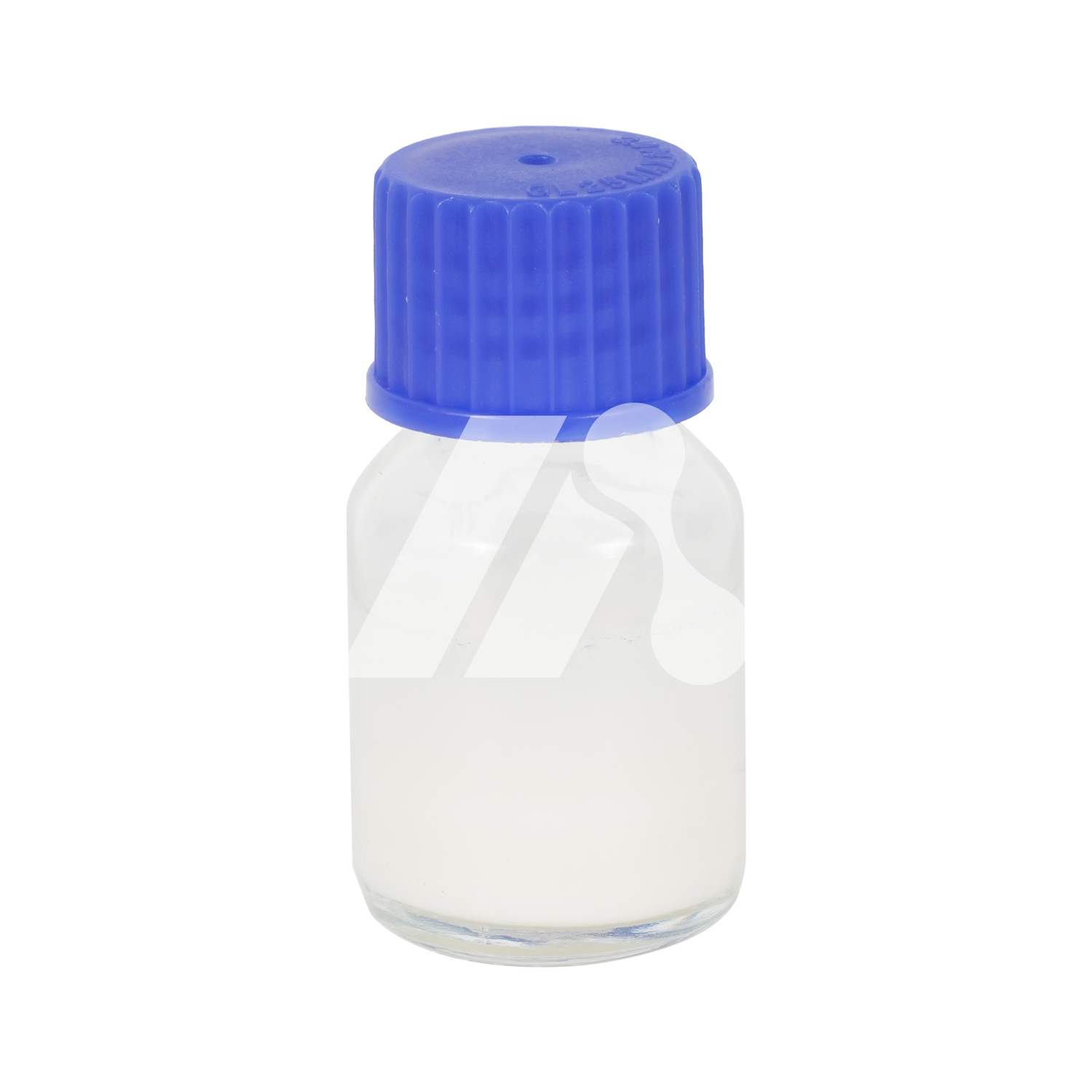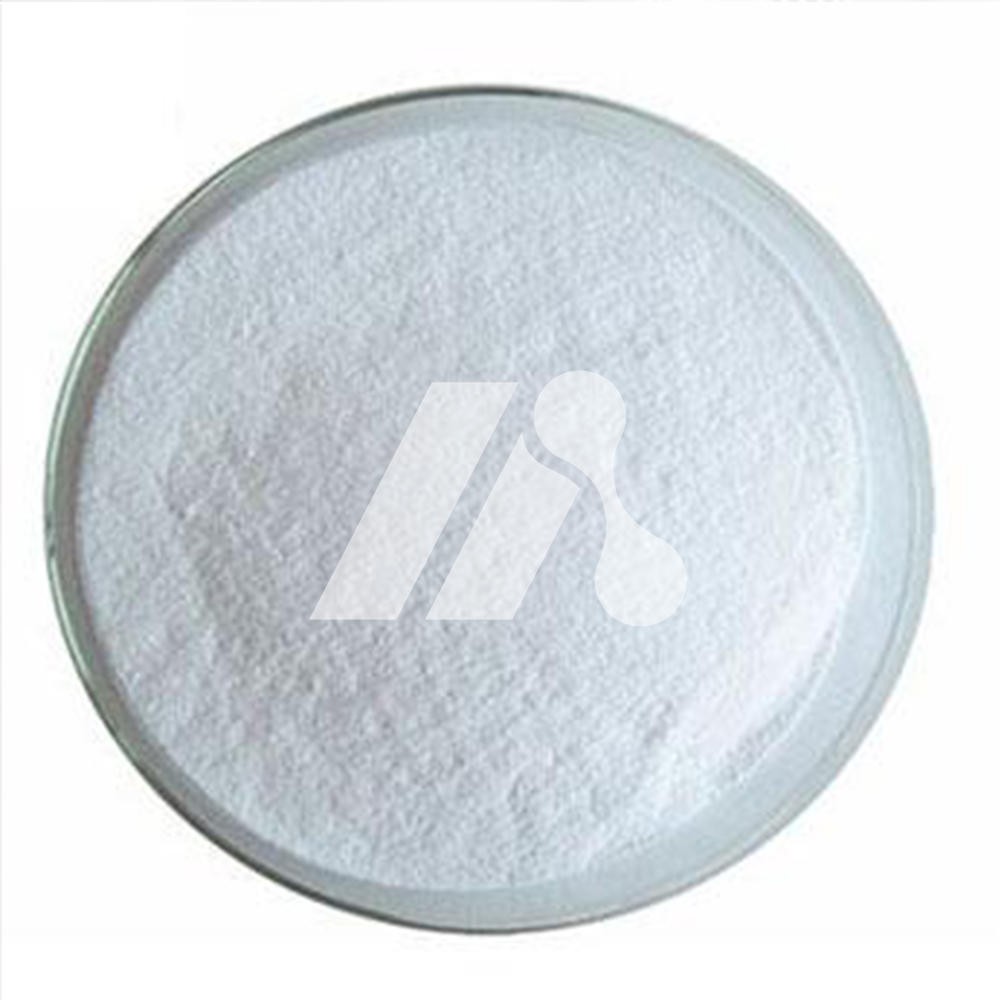CAS No.: 107534-96-3
Empirical Formula: C16H22CLN3O
EINECS: 403-640-2
Appearance: Colorless to Light Brown Powder
Origin: CHINA
Introduction: Tebuconazole is a highly efficient, broad-spectrum, systemic triazole fungicidal pesticide that has three major functions: protection, treatment, and eradication. It has a wide bactericidal spectrum and a long duration of effect. Research has found that: Like all triazole fungicides, tebuconazole can inhibit the biosynthesis of fungal ergosterol.
Tebuconazole is used as a seed treatment agent and foliar spray around the world. It has a broad bactericidal spectrum, is not only highly active, but also has a long-lasting effect. Tebuconazole is mainly used to prevent and control various fungal diseases on crops such as wheat, rice, peanuts, vegetables, bananas, apples, pears, and corn sorghum. It has been registered and widely used on more than 60 crops in more than 50 countries around the world. . This product is used to prevent and treat Sclerotinia sclerotiorum of rapeseed. It not only has good preventive effect, but also has the characteristics of resistance to lodging and obvious yield increase. Its mechanism of action on the bacteria is to inhibit the demethylation of ergosterol on its cell membrane, making it impossible for the bacteria to form a cell membrane, thereby preventing the bacteria from forming a cell membrane. Kill germs. There are many studies on the synthesis of tebuconazole, most of which use p-chloroformaldehyde as the starting material and prepare tebuconazole through steps such as aldehyde-ketone condensation, catalytic hydrogenation, epoxidation reaction, and addition reaction.
Basic Info.
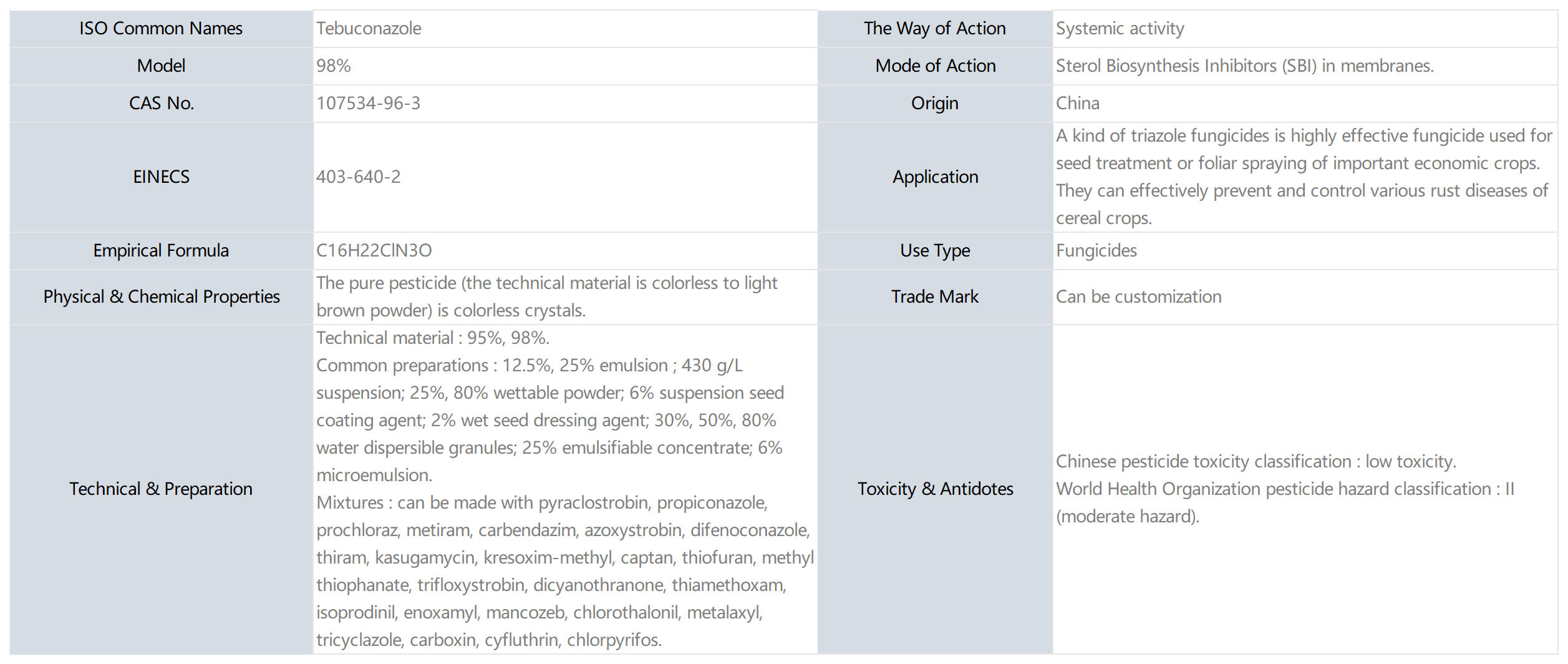
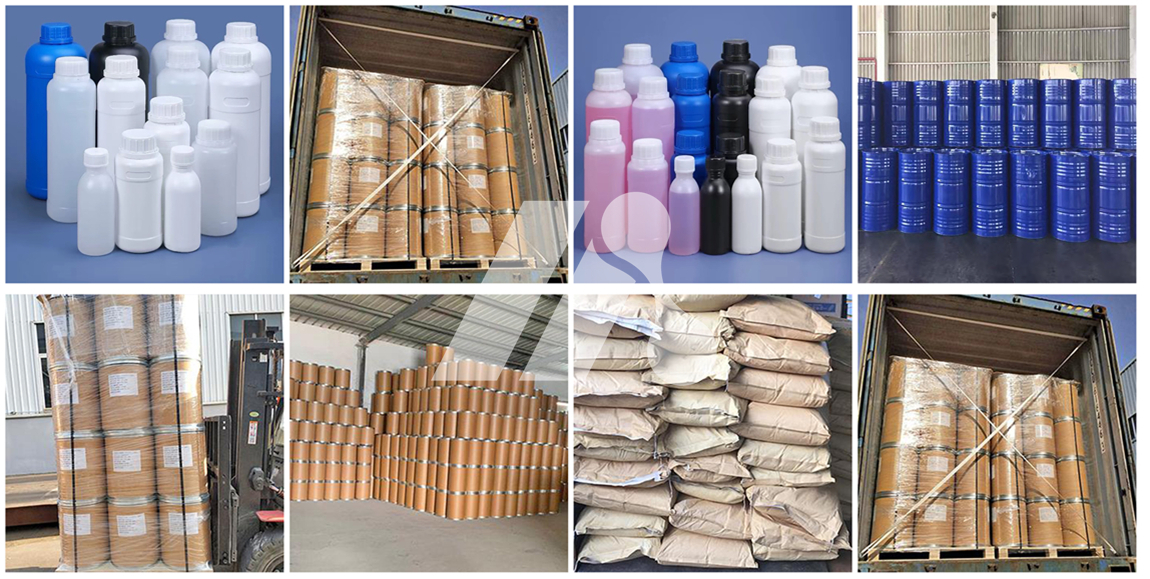
-
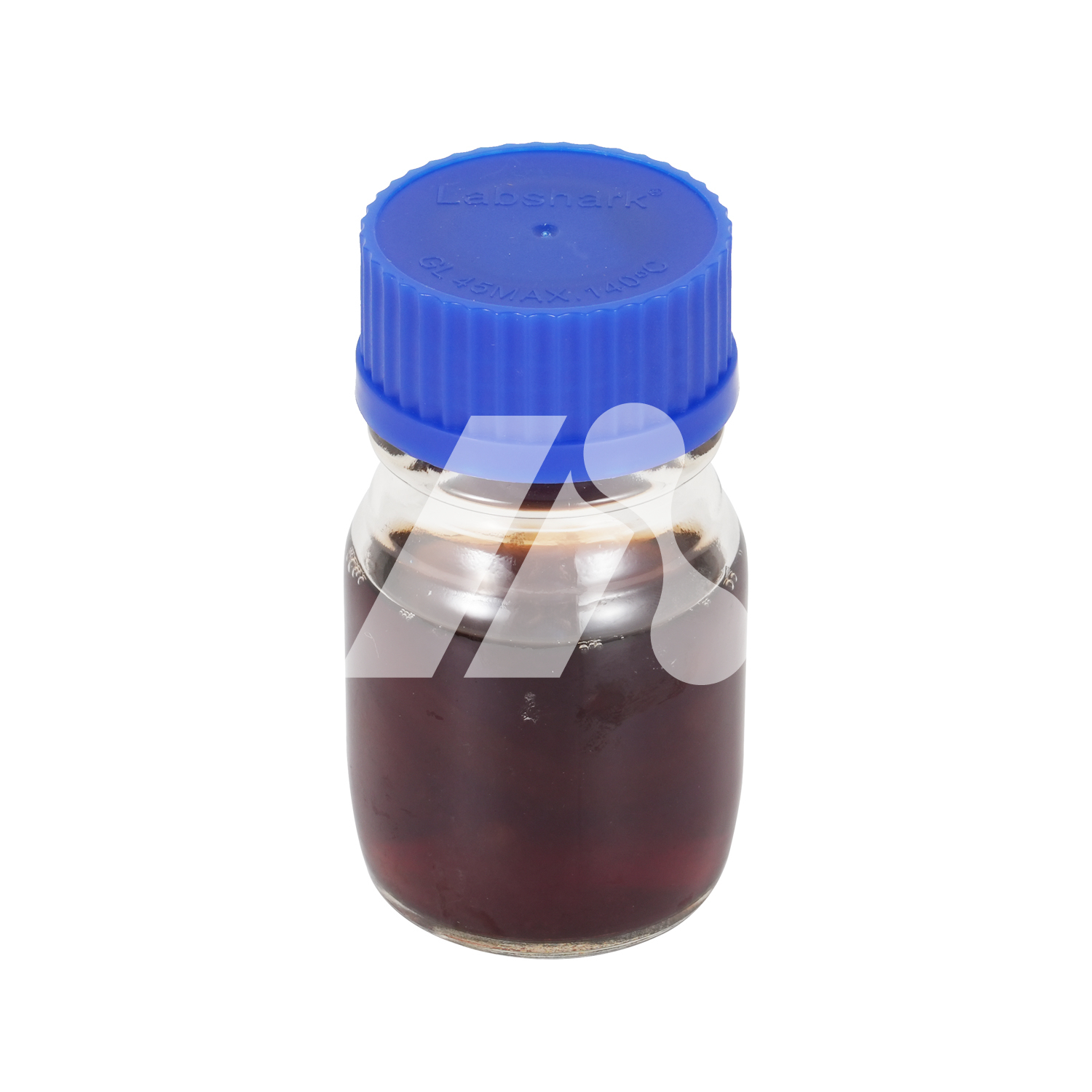 Fosthiazate 95%
The main action mode of Fosthiazate is to inhibit the synthesis of acetylcholinesterase in root-knot nematodes. It has strong contact killing activity and is also highly active against some pests that have developed resistance to traditional insecticides. Thiazophos is mainly used to control nematodes, aphids, etc. It is one of the few nematode-killing products and is suitable for the production of pollution-free vegetables.
CAS No.: 98886-44-3
1 kg (MOQ)
Fosthiazate 95%
The main action mode of Fosthiazate is to inhibit the synthesis of acetylcholinesterase in root-knot nematodes. It has strong contact killing activity and is also highly active against some pests that have developed resistance to traditional insecticides. Thiazophos is mainly used to control nematodes, aphids, etc. It is one of the few nematode-killing products and is suitable for the production of pollution-free vegetables.
CAS No.: 98886-44-3
1 kg (MOQ)
-
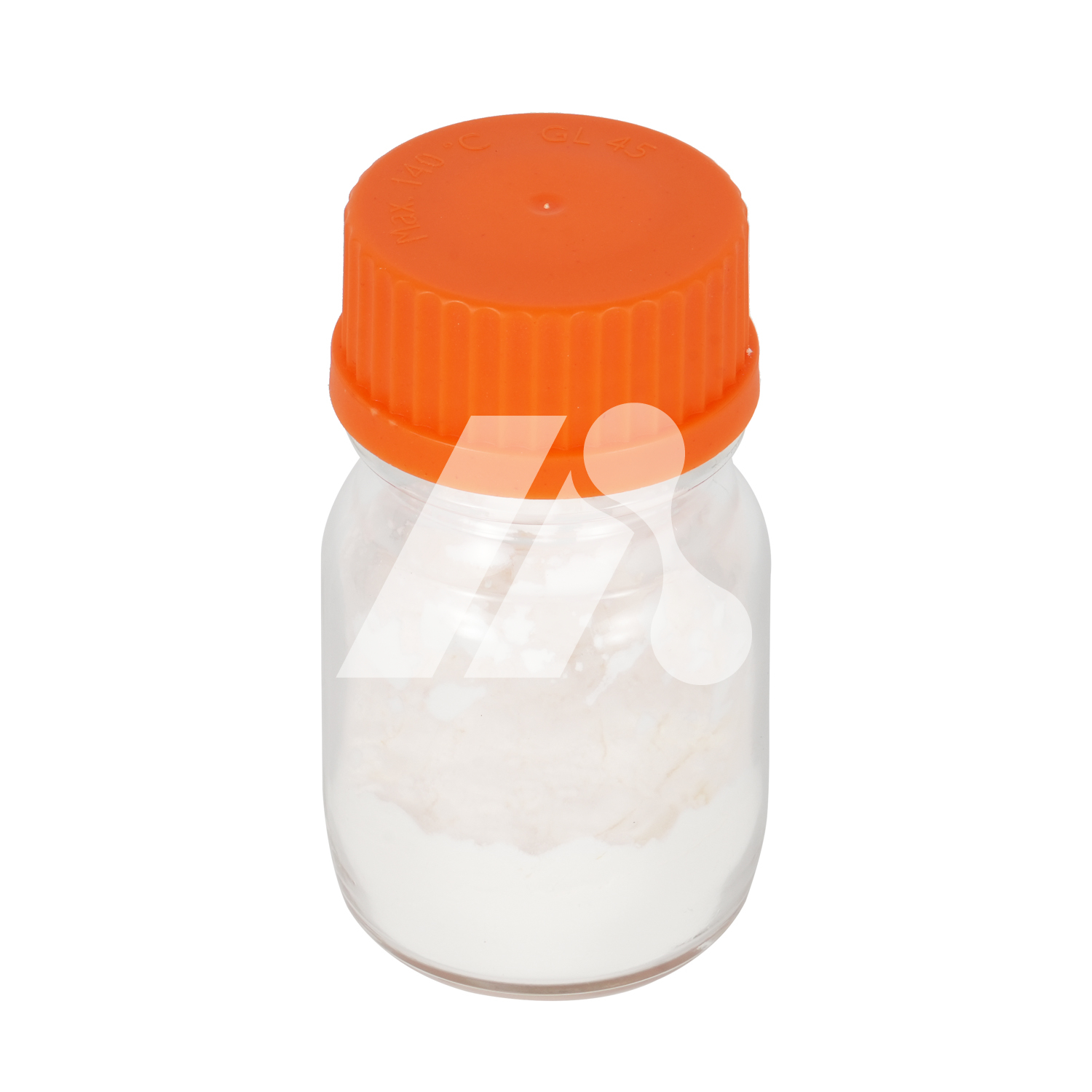 Thiamethoxam 98%
Thiamethoxam has contact, gastric, and systemic activities, and has higher activity, better safety, wider insecticidal spectrum, fast action, and long duration of effect. It is an ideal alternative to those with high toxicity to mammals and Better varieties of organophosphorus, carbamate, and organochlorine pesticides that have residual and environmental problems. It is highly active against Coleoptera, Diptera, Lepidoptera, especially Homoptera pests, and can effectively control various aphids, leafhoppers, planthoppers, mealybugs, chafer Chemicalbook larvae, potato beetles, nematodes, and ground beetles. , leafminers and other pests as well as pests that are resistant to various types of chemical pesticides.
CAS No.: 153719-23-4
1 kg (MOQ)
Thiamethoxam 98%
Thiamethoxam has contact, gastric, and systemic activities, and has higher activity, better safety, wider insecticidal spectrum, fast action, and long duration of effect. It is an ideal alternative to those with high toxicity to mammals and Better varieties of organophosphorus, carbamate, and organochlorine pesticides that have residual and environmental problems. It is highly active against Coleoptera, Diptera, Lepidoptera, especially Homoptera pests, and can effectively control various aphids, leafhoppers, planthoppers, mealybugs, chafer Chemicalbook larvae, potato beetles, nematodes, and ground beetles. , leafminers and other pests as well as pests that are resistant to various types of chemical pesticides.
CAS No.: 153719-23-4
1 kg (MOQ)
-
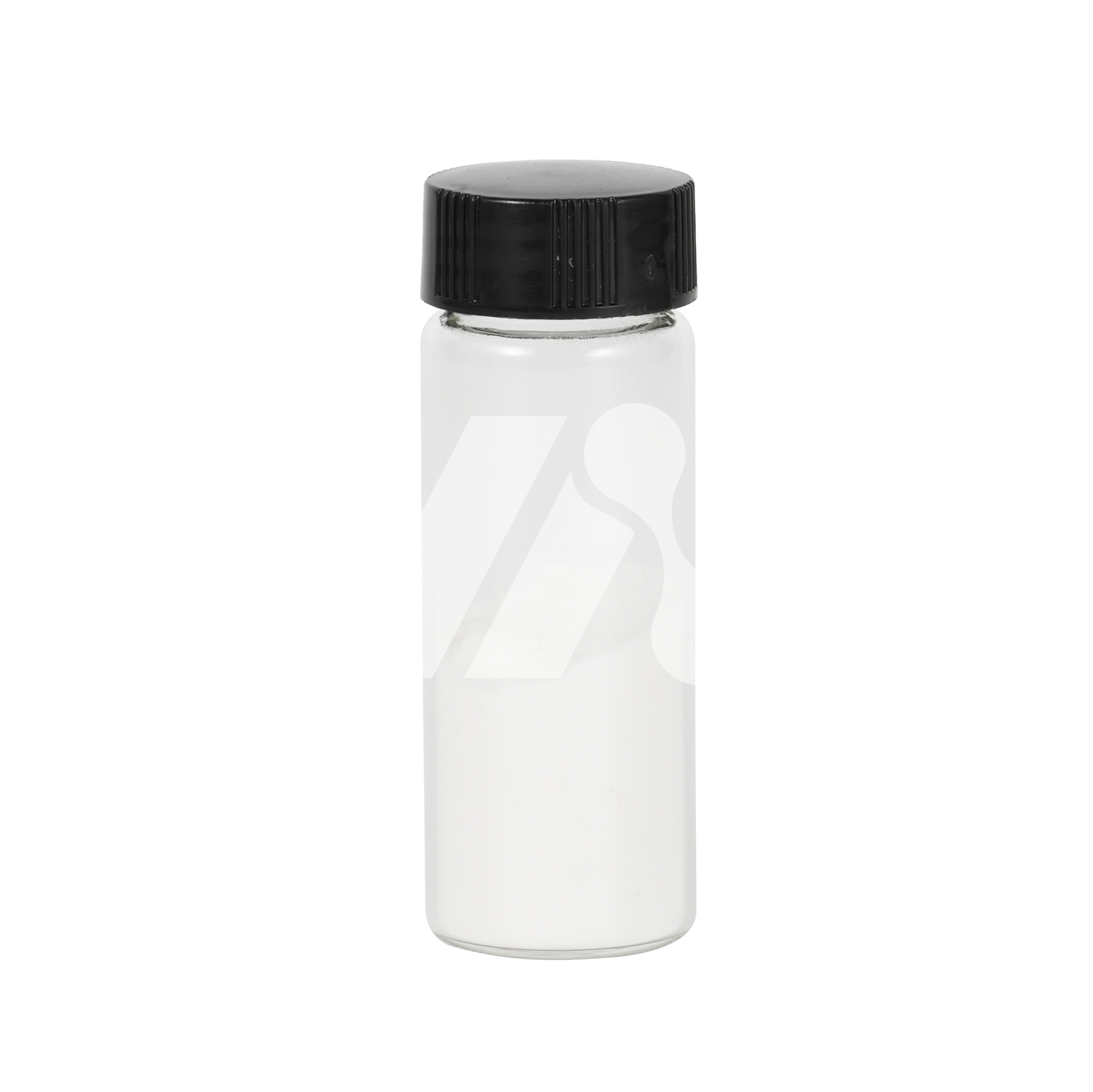 Pymetrozine 96%
Pymetrozine is low in toxicity and has little effect on natural enemies, acting only on pests with piercing-sucking mouthparts. The compound is non-irritating to the skin and eyes and is non-mutagenic. It has very low toxicity to mammals and is also very safe for birds, fish, bees, etc.
CAS No.: 123312-89-0
1 kg (MOQ)
Pymetrozine 96%
Pymetrozine is low in toxicity and has little effect on natural enemies, acting only on pests with piercing-sucking mouthparts. The compound is non-irritating to the skin and eyes and is non-mutagenic. It has very low toxicity to mammals and is also very safe for birds, fish, bees, etc.
CAS No.: 123312-89-0
1 kg (MOQ)
-
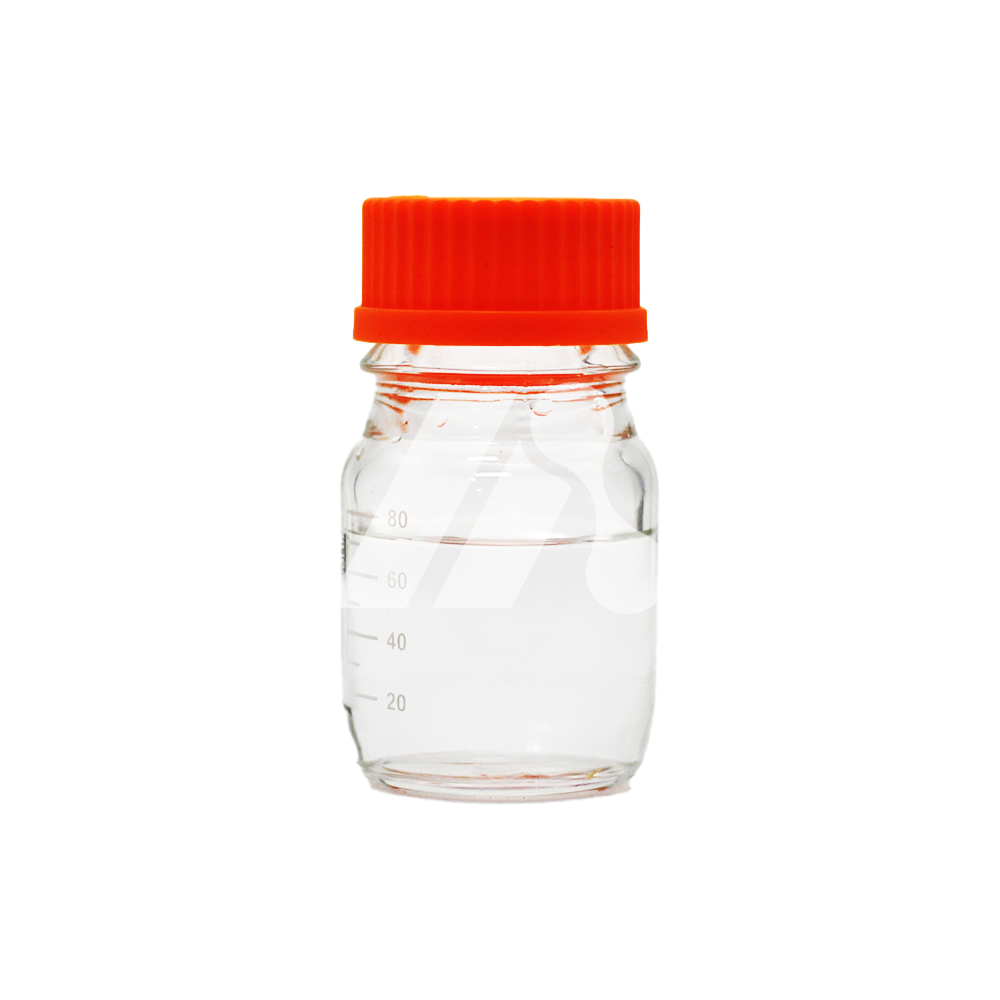 Pyridine 99.9%
Pyridine is used as an organic solvent, analytical reagent, and also used in organic synthesis industry, chromatography analysis, and as a raw material for extracting and separating pyridine and its homologues. It is a raw material for herbicides, pesticides, medicines, rubber additives, and textile additives. It can also be used in moisture determination, as a bacterial mutagen, alcohol denaturant, solvent for acylation reactions, and catalyst, etc.
CAS No.: 110-86-1
1 kg (MOQ)
Pyridine 99.9%
Pyridine is used as an organic solvent, analytical reagent, and also used in organic synthesis industry, chromatography analysis, and as a raw material for extracting and separating pyridine and its homologues. It is a raw material for herbicides, pesticides, medicines, rubber additives, and textile additives. It can also be used in moisture determination, as a bacterial mutagen, alcohol denaturant, solvent for acylation reactions, and catalyst, etc.
CAS No.: 110-86-1
1 kg (MOQ)
-
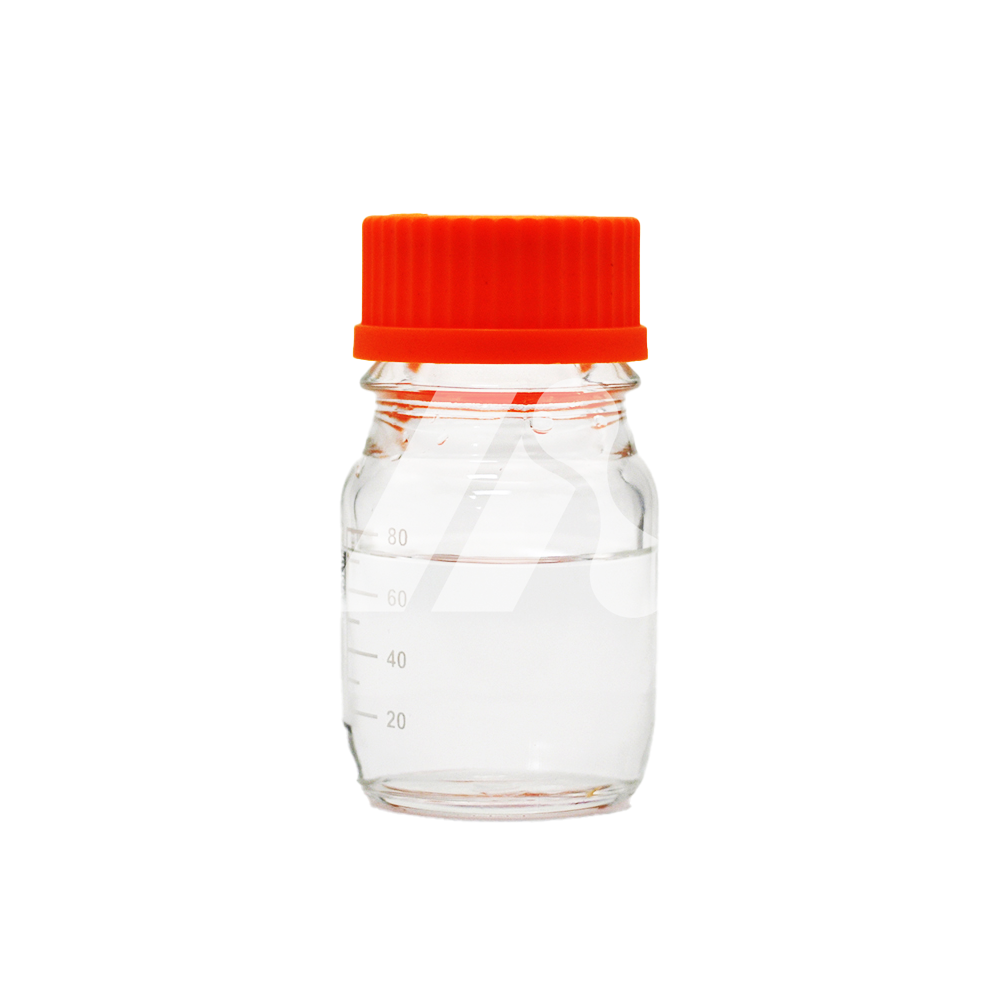 3-Methylpyridine 99.9%
3-Methylpyridine is mainly used in the manufacture of vitamin B, niacin, cardiotonic agents, etc. It can also be used as a solvent, alcohol denaturant, various intermediates, and pesticides.
CAS NO.: 108-99-6
1 kg (MOQ)
3-Methylpyridine 99.9%
3-Methylpyridine is mainly used in the manufacture of vitamin B, niacin, cardiotonic agents, etc. It can also be used as a solvent, alcohol denaturant, various intermediates, and pesticides.
CAS NO.: 108-99-6
1 kg (MOQ)

